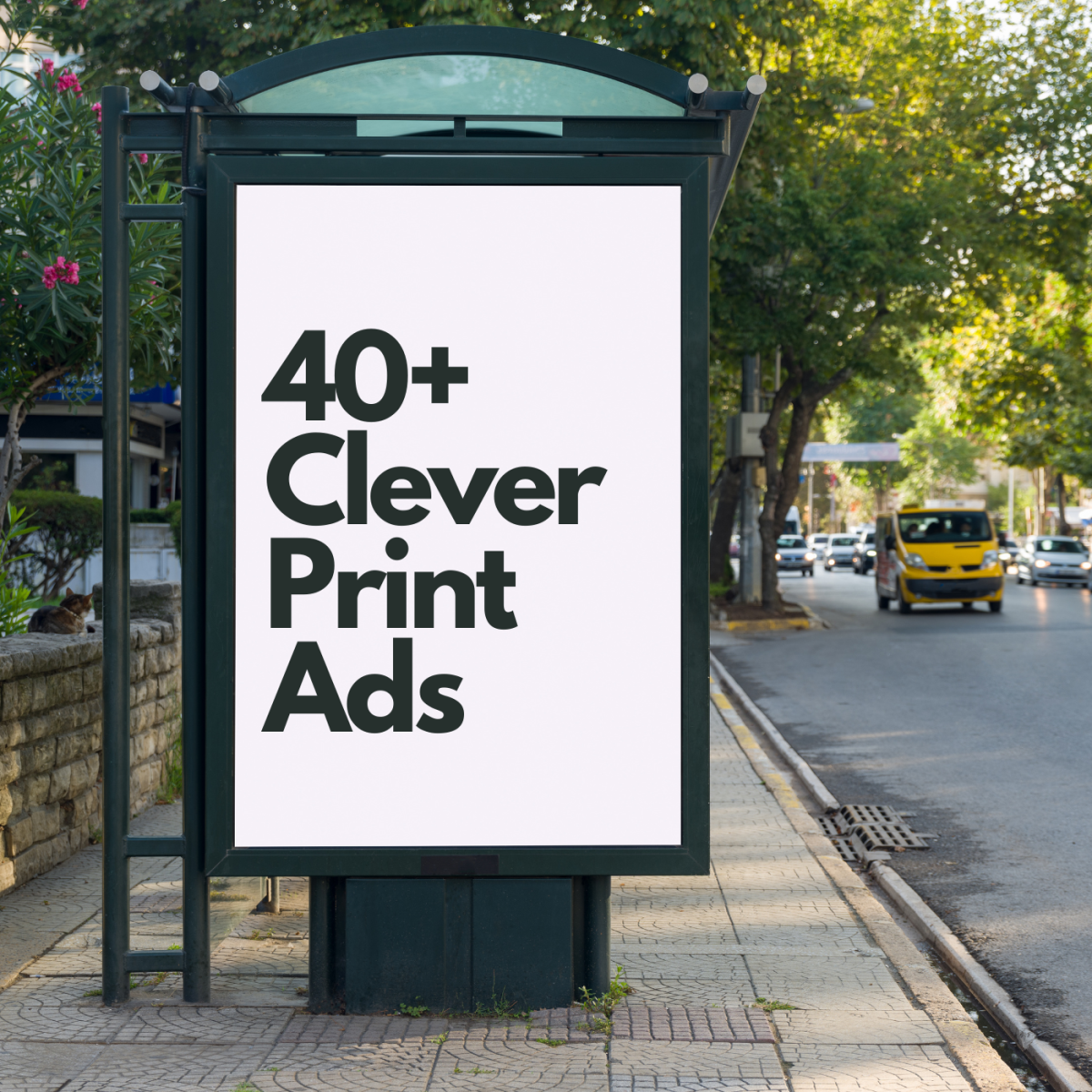How to Design an Ad Campaign

Random, sporadic and inconsistent themed advertising can waste marketing dollars and be ineffective in building sales. Small business owners are often tempted to making these errors in ad planning due to unrealistic expectations and assessment of results.
Learn how to design an ad campaign for greater effectiveness and efficiency.
Establishing Advertising Campaign Goals
Again referring to What is an Advertising Campaign?, measurement of results can be a challenge. So establishing realistic and relevant goals is a critical first step in designing an ad campaign.
The following metrics can be measured and are legitimate results of advertising efforts. Goals can be set for any or all of them.
- Total Sales: Either a dollar value sales goal or a percentage of increase in sales.
- Product Sales: Either a dollar value sales goal, number of units or a percentage of increase in sales.
- Number of Sales: Number of sales made which can be a good indicator of level of response. If very few sales are realized, but total sales are high, can indicate the businesses serves only a few active clients, which is a precarious position.
- Traffic: Number of visitors to a website or specific landing page, as well as number of visits that convert into sales. For a physical location, daily number of visitors and/or daily number of visitors who actually buy.
- Promotions Redeemed: Number of coupons or discounts redeemed.
- Inquiries: Number of inquiries for the business overall or for particular products and services.
Deciding on a realistic goal for each of these metrics is difficult for new businesses or if no tracking of this sort has been done in the past for an existing business. So there will be some trial and error, especially in the first year.
However, regardless of the age of the business, goals should be set for an ENTIRE YEAR and performance should be reviewed at the end of the year (fiscal or calendar, depending on which is applicable to the business). Intermittent reporting should be done daily, weekly, monthly and quarterly. Daily or weekly may be too frequent for some businesses, but monthly or quarterly monitoring should be the minimum monitoring intervals so that campaign course corrections can be made if needed.
Media Buying
Media choices include:
- Magazines
- Newspapers
- Television and radio broadcast advertising
- Yellow Pages and similar directories
- Internet advertising
- Billboards
Choosing the media in which to advertise should be based on where the target audience is. Target audiences are selected based on their demographics. When targeting business-to-business (B2B) customers, business demographics are used.
Take a look at the media's media kit (sometimes called a rate card) for details on their audience, available advertising opportunities and costs.
Some media are audited to verify audience size. One of the most recognized auditing organizations is BPA Worldwide. Be aware that many local, niche and trade media may not be audited; however, they may be a perfect fit for many audiences. Even though they are not audited, they usually can provide data on the audience they reach.
Advertisements can be purchased direct from the media, through a media buyer or through an advertising agency. Media buyers and advertising agencies earn a commission on advertisements and may charge fees for advertisement creation and consulting.
Once media are chosen, a calendar of advertising placements can be created.
The Ad Campaign Calendar
Ideally, continuous running advertising should be done to maintain a presence with target audiences. During special promotion periods, regular advertising can be redesigned to include the special offer or additional advertisements can be purchased specifically for the promotion.
For special promotions, advertising should run prior to and throughout the promotion period. Pre-promotion ads should run at least a few days to a few weeks prior to the program's launch. Running too early runs the risk of people forgetting about it. Running too late or not often enough during the promotion period may not give people enough time to respond, thereby lowering response.
How many ads and how frequently they will be run depends on the goals of the campaign and special promotional advertising that will be needed. There are no hard and fast rules for frequency and each business is different.
A simple paper calendar, wall planning calendar or electronic spreadsheet can be used to map out the advertising placement schedule. It is also a handy reference during the advertising post-campaign review process.
During the third or fourth quarter of the year (fiscal or calendar), a review of the annual results achieved from advertising should be done so that changes, if needed, can be made for the following year.
Campaign course corrections may also be made throughout the year if significant problems are encountered during monthly or quarterly reviews. However, resist the temptation to make changes until the campaign has been running for a reasonable amount of time. Advertising can take months, or even years, to realize goals.
This article is accurate and true to the best of the author’s knowledge. Content is for informational or entertainment purposes only and does not substitute for personal counsel or professional advice in business, financial, legal, or technical matters.
© 2013 Heidi Thorne








